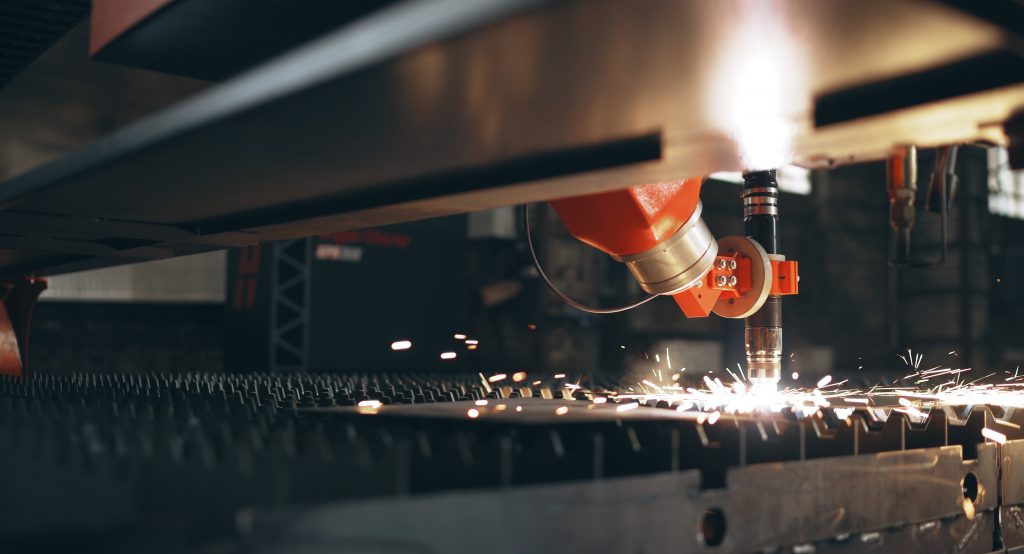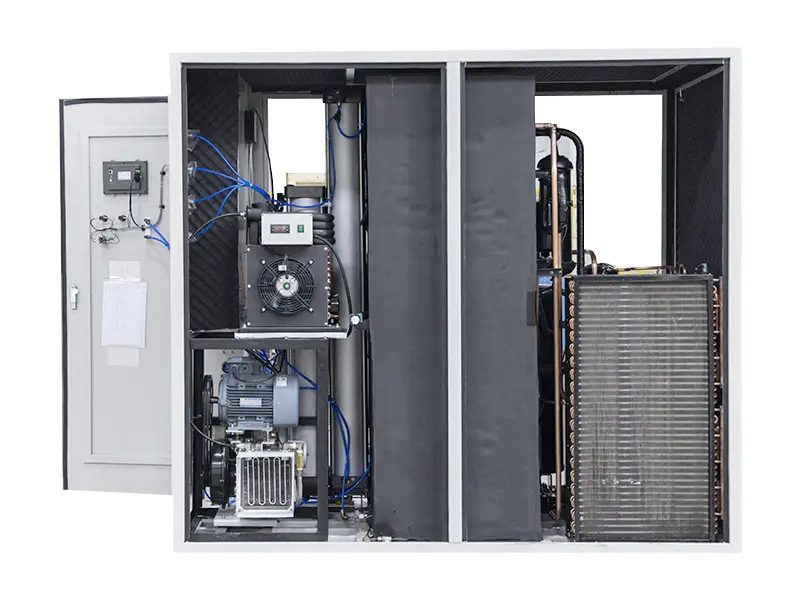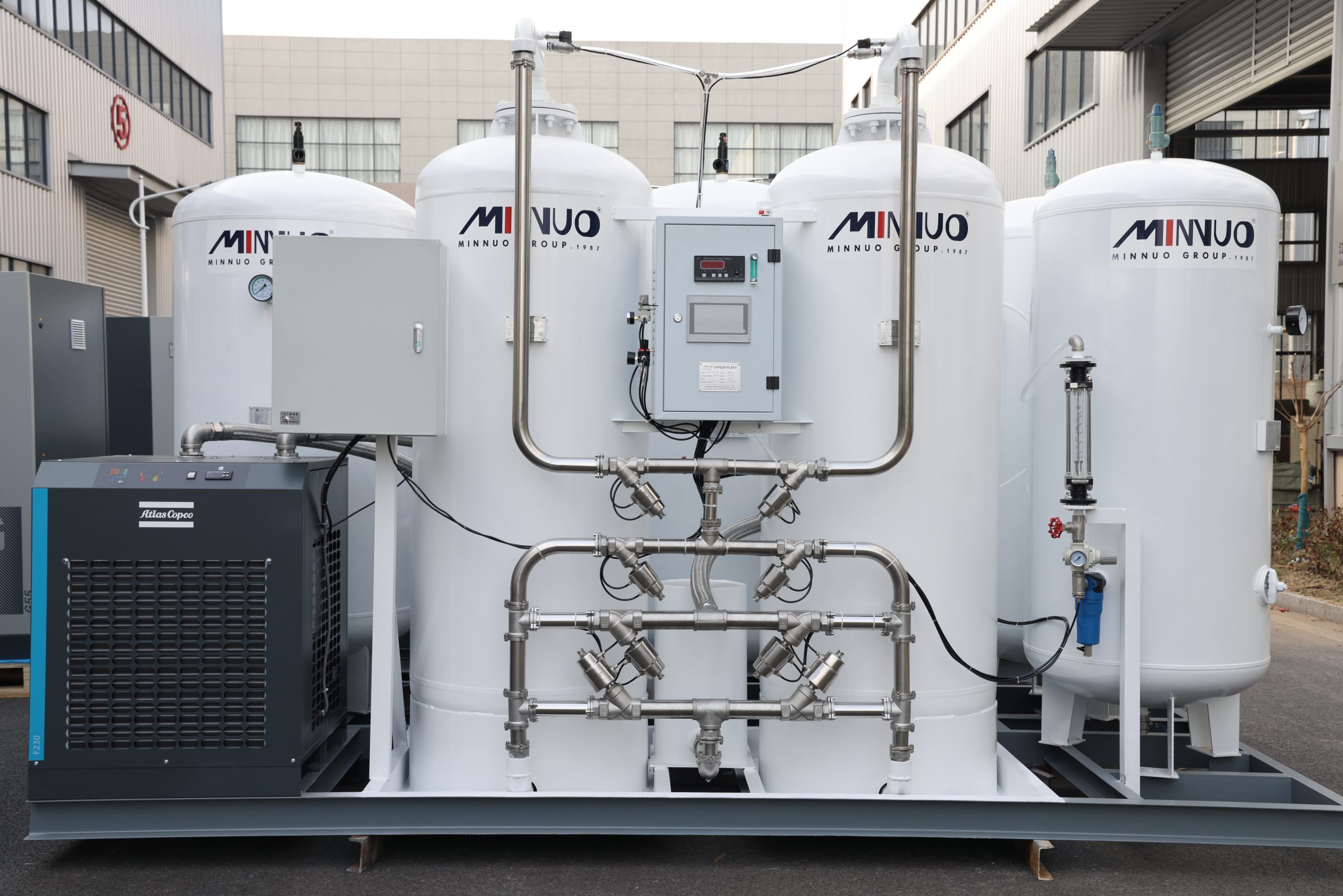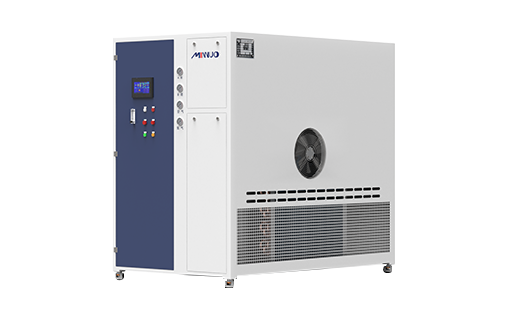Nitrogen is found abundantly in the atmosphere; in fact, it constitutes the majority of it. While not as sought after by life as oxygen, nitrogen is readily available and inert, making it unreactive with many other substances. Modern industry has thus been constructed upon this foundation of nitrogen. This article will delve into the various applications of nitrogen. Please stay curious and continue reading to learn more.
Nitrogen Gas Applications
1. Chemical Industry
In high-risk and high-explosion hazard environments such as chemical plants, replacing reactive oxygen with nitrogen is an ideal choice. This makes many industrial processes much safer. The use of nitrogen to displace oxygen in chemical equipment or to purge pipelines minimizes the risk of spontaneous combustion. The petroleum and natural gas industries particularly rely on nitrogen. Additionally, nitrogen can aid in the treatment of volatile organic compounds (VOCs) in industrial waste, helping companies avoid penalties for violating environmental protection regulations.
Nitrogen is a widely used raw material for synthesis. It’s primarily used for synthesizing ammonia and is also essential in the production of fibers, resins, rubber, and fertilizers, due to its presence as an essential element in fertilizer.
2. Electronics and Semiconductor Manufacturing
Employing dry nitrogen to purge silicon wafers to maintain cleanliness is a common practice in electronic manufacturing. In the production of large-scale integrated circuits, nitrogen is the most common gas used in electronic packaging. During welding, heat treatment, and cleaning, nitrogen serves as a protective gas to prevent component oxidation and contamination. Manufacturing silicon wafers also requires the use of nitrogen.
3. Food Preservation
Nitrogen is used to replace oxygen in food packaging to extend shelf life and preserve texture due to its inert properties. This not only prevents food from becoming stale due to oxidation but also acts as a buffer against damage during transportation. Nitrogen slows down the metabolism of grains, preventing mold growth, and is thus extensively used in grain silos. In food processing, nitrogen is used to eliminate oxidation and maintain flavors, particularly in the aeration process for brewing products.
Meat products can be rapidly cooled using liquid nitrogen for long-term preservation without damaging organic tissues, allowing for a fresh taste to be retained even after reheating.
4. Medical
Nitric oxide is a common inhalation anesthetic used notably in dental sedation procedures.
Liquid nitrogen is utilized for preserving animal semen and human tissues. During surgical procedures, doctors may employ a “cold knife,” a tool cooled with liquid nitrogen, to reduce bleeding and minimize surgical trauma. It is also commonly employed to cause necrosis and sloughing of superficial skin lesions.

5. Pharmaceuticals
In the pharmaceutical industry, nitrogen molecules are present in nearly all synthesized drugs, including antibiotics. Furthermore, nitrogen gas is frequently used to protect products from contamination during the manufacturing process. Packaging for certain active ingredient-containing medications also utilizes nitrogen to maintain freshness and prevent spoilage.
6. Metallurgy
The heat treatment of metals, such as annealing, involves the use of nitrogen to reduce high-temperature oxidation, resulting in a smoother product surface. Injecting nitrogen at the start of blast furnace operation can reduce coke consumption. Introducing nitrogen into smelting furnaces can decrease oxygen content and enhance product purity. Steel treated with nitrogen has lower hydrogen content and increased strength. Nitrogen is also used to create nitrogen-alloyed high-speed tool steel by injecting it into a plasma arc furnace.
7. Scientific Research
Manufacturing superconductivity often requires ultra-low temperatures, where liquid nitrogen serves as an ideal coolant. In gas chromatography, nitrogen is used as a carrier gas for transporting sample gases, attributed to its safety and accessibility. Large quantities of liquid nitrogen are also consumed during the simulation of outer space environments.
8. Laser Cutting
In laser cutting processes, the laser provides the heat to melt the metal while nitrogen envelops the molten metal, isolating it from oxygen to prevent oxide formation. If precise coloration of the cut is a strict requirement, nitrogen-aided laser cutting is undoubtedly the best choice.

9. Machining
Materials like high-temperature alloys and titanium experience high temperatures and significant tool wear during conventional cutting procedures, thus necessitating the use of liquid nitrogen for cooling during processing. Introducing liquid nitrogen into the cutting zone reduces tool wear, resulting in smoother processed surfaces, and extends the fatigue life of materials.
10. Welding
Nitrogen is commonly used as a shielding gas in metal welding. In a nitrogen environment, the surface tension of the solder decreases compared to when exposed to atmospheric conditions, making the solder more flowable and wettable, thereby leading to cleaner and more aesthetically pleasing welds. Additionally, nitrogen’s inert nature inhibits the formation of compounds with metals. By isolating the weld from oxygen reactions, both the toughness and strength of the weld are ensured.
11. Oilfield and Natural Gas Well Extraction
Injecting nitrogen into oil wells makes oil extraction easier. Various downhole operations also require nitrogen. In the transportation of natural gas, introducing nitrogen reduces the heating value to ensure safety. Nitrogen is also used in pneumatic conveying systems for coal dust.
12. Light Bulb Production
In an oxygen-rich environment, the tungsten filament in light bulbs can oxidize and evaporate. Nitrogen, being the most cost-effective inert gas, prevents tungsten oxidation and volatility, preserving the integrity of the filament.
13. Inflating Tires with Nitrogen
In comparison to traditional air-filled tires, inflating tires with nitrogen circumvents issues caused by moisture and oxygen in the air. Oxygen can lead to oxidation, shortening the tire’s lifespan, and its escape results in inevitable pressure loss. Nitrogen molecules are larger than oxygen molecules, which makes their escape from the tire walls much slower. Consequently, nitrogen-filled tires are better at maintaining pressure, leading to reduced fuel consumption. Conversely, nitrogen is less prone to heat expansion, thereby decreasing the risk of tire blowouts at high speeds. Nitrogen also helps to mitigate the decrease in tire lifespan caused by oxidation. Performance-oriented vehicles like race cars and aircraft often utilize nitrogen-filled tires to enhance performance.
14. Nitrous Oxide Systems (NOS)
More accurately referred to as a nitrous oxide acceleration system, NOS. This technology was first used by the German Luftwaffe during World War II and gradually became incorporated into drag racing after the war. It involves adding liquid nitrous oxide into a steel bottle, which is then injected into the engine as an oxidizer when needed. At high temperatures, nitrous oxide produces oxygen and nitrogen atoms, used for combustion assistance and cylinder cooling, thereby boosting engine power. When fuel injection is increased simultaneously, it results in an exhilarating acceleration experience.
15. Nitrogen-Infused Beverages
Nitrogen-infused beverages were initially developed by alcoholic beverage manufacturers. Carbonating beer with nitrogen instead of carbon dioxide produces a dense, creamy foam without altering the beverage’s acidity, hence preserving its flavor. Following this, coffee and tea beverage makers introduced canned nitrogen-infused drinks. Recently, nitrogen-infused cola is even poised to revolutionize the entire soda industry.
16. Metal Coating
When used in metal plating, nitrogen creates a stronger and more corrosion-resistant surface. Ion vacuum deposition (PVD) technology utilizes argon, nitrogen, and acetylene to create diverse chemical reactions, forming thin film surfaces with varying chemical bonds and lattice structures, resulting in different colors.
17. Float Glass Manufacturing
Float glass is a process for producing flat glass. The glass is shaped in a tank filled with liquid tin and a protective gas. Tin is highly susceptible to oxidation at high temperatures, causing unnecessary losses and defects on the glass surface. Consequently, a protective gas injection, consisting of nitrogen and hydrogen, is needed to reduce oxidized tin back to tin.
18. Aerospace
To ensure the safe operation of the liquid hydrogen systems aboard rockets, nitrogen fire extinguishers are a common fixture. High-pressure nitrogen is also used to transport rocket fuel and purge combustion pipelines.
19. Fire Suppression
Nitrogen does not support combustion. Using nitrogen to suffocate flames is a viable choice. The mining industry often employs nitrogen to effectively extinguish fires safely or inhibit explosions in flammable environments.
20. Construction Industry
Liquid nitrogen can be used to lower the temperature during concrete pouring and solidification, resulting in a slower solidification rate that yields stronger structures. Its safe and rapid cooling properties can be used to freeze substrates in underground projects, ensuring stable foundations. Leveraging the principle of thermal expansion and contraction, nitrogen excels in tightly fitting metal components together.
21. Cryogenic Grinding
In practical applications, many materials require grinding for better analysis of their properties. Liquid nitrogen can rapidly cool materials to extremely low temperatures, making them more brittle and easier to grind, ensuring that the material’s composition is not compromised or degraded.
22. HVAC Systems
Whether in industrial settings or residences, HVAC systems are widely utilized. The manufacturing, testing, and maintenance of HVAC systems consistently require nitrogen. Nitrogen is used to remove impurities and debris from within pipes, preventing component rust caused by oxygen. In the event of system leaks, nitrogen can swiftly identify leak points. Nitrogen purging is also used to eliminate moisture within air conditioning systems.
Nitrogen Uses by Purity
Typically, nitrogen with a purity ranging from 90% to 99% is considered low-purity nitrogen, while purity levels above 99.9% are classified as high-purity nitrogen. Ultra-high purity nitrogen often refers to concentrations of nitrogen exceeding 99.999%. Different industries and processes demand varying concentrations of nitrogen. Here are some simple examples:
| Application | Purity |
| Food/Beverage Production | 98%-99.5% |
| Pharmaceuticals | 99.95%-99.999% |
| Electronics and Semiconductor Manufacturing | 99.99%-99.999% |
| Plastics Manufacturing | 95%-99.5% |
| Heat Treatment | 95%-99% |
| Laser Cutting | 99%-99.999% |
| Chemical Industry | ≥98% |
How to Obtain Nitrogen?
If you require large-scale industrial nitrogen and have ample space available, you might consider low-temperature distillation for nitrogen production. This traditional method utilizes the distinct boiling points of oxygen and nitrogen in air to separate them, achieving the highest purity levels. For medium to small-scale nitrogen applications, you might explore Pressure Swing Adsorption (PSA) technology or membrane nitrogen generation. These methods rely on different air separation mediums. The PSA nitrogen generator consumes more energy but can achieve superior purities, while membrane nitrogen generation is suitable for applications where high nitrogen purity is not crucial, despite requiring less energy and maintenance. Regardless of your nitrogen venture, feel free to reach out to our engineers, who are ready to address all your inquiries.






 sales2:+86 17506119168
sales2:+86 17506119168

